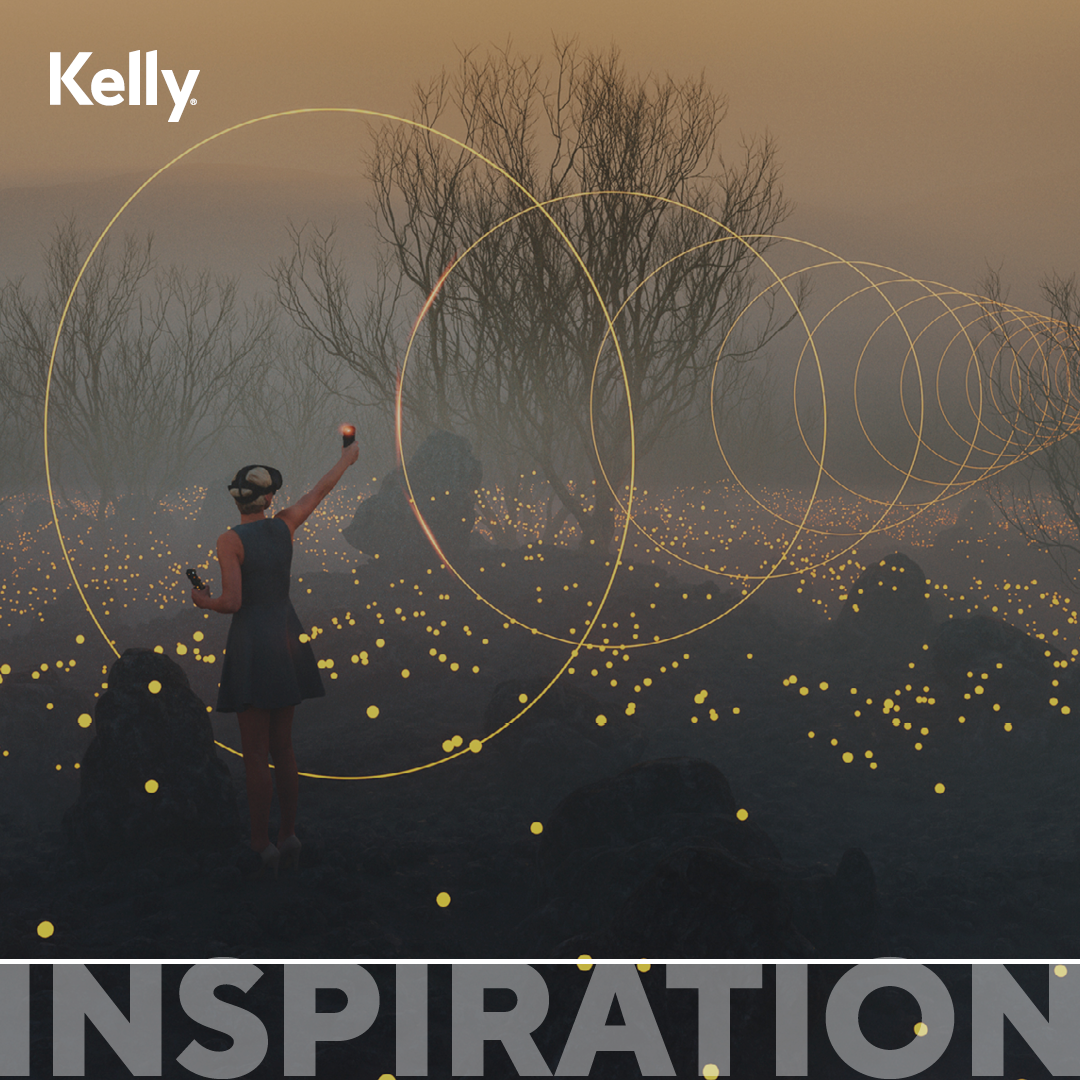
For many companies, the summer is annual performance review season. But does it really motivate employees to compress a year of work into a single rating? These reviews can be long and nerve-wracking, often featuring the same difficult and vague questions: "What can you do better next year?”, “How can you achieve more?”, and “How can you add more value?"
Whether it's a small team or an international firm, annual employee reviews are stressful for everyone involved and research shows that they are a terrible way to evaluate and motivate workers. Gallup research found that just 14% of employees strongly agree their performance reviews inspire them to improve. While a Workhuman study discovered that 55% of workers say that annual reviews do not improve their performance. These reviews take valuable time and resources, putting employees under immense pressure, as a whole year of achievements is consolidated into one stressful conversation.
Is it time to create new ways to talk about and monitor employee performance? We believe successful performance evaluation and support should empower employees to stay productive, focused, and excited about what’s next. In this blog, we look at the ways workers and employers can find new ways to inspire great performance.
“Ask what you can do for your company – not what your company can do for you”
Traditional annual performance reviews often put all the pressure on the employee. What have they sacrificed? What have they achieved? How have they gone above and beyond the remit of their role? This can create a stressful – almost adversarial – atmosphere which isn’t conducive to productive conversations or a healthy work-life balance. A new survey, conducted by Travelers found that a third of executives expect workers to answer or participate in work-related calls while driving. A staggering 86% believe that employees should respond to work-related communications at least sometimes outside of office hours. This reflects an outdated idea that performance is a who can ‘jump the highest’ competition rather than a meaningful exploration of how work performance has contributed to role and business success in real terms.
How can employers change their approach to performance reviews?
Big and bulky goals, rare check-ups, lack of communication – they can all lead to poor or misleading annual performance results. This often leaves employees frustrated and demotivated. Instead, shorter, more regular, and more open reviews can help organisations to identify issues and respond quickly to evolving business challenges while giving workers a greater sense of control and purpose. Many companies have already implemented flexible performance models and goal tracking systems – here at Kelly we encourage open discussion as often as needed. Quarterly reviews can be a good place to start, but creating a culture where performance is an ongoing, two-way conversation, based on both employer and employee needs should be the overarching goal. Remember, it’s not just about asking about KPIs and weekly or monthly targets but also about leaving space to understand how an employee is feeling and if there is anything you can do to support them more effectively.
How can employees change their approach to performance reviews?
Remember this Is YOUR performance discussion and not an Interview. Work on being an active participant, advocating for your achievements, and sharing positive feedback. Start writing down all of those small wins that stack up over time and be prepared to shout about them. Preparation is also key. It’s important to understand what you want to get out of a review or performance meeting and have specific questions or suggestions for improved ways of working ready for your reviewer. You should also be prepared to reach out to your boss and supervisor and request regular conversations about how things are going – most employers will respond positively to people that are proactive about great performance.
Work is changing and the annual performance review may soon be a thing of the past. Head over to our LinkedIn page and share your take on the future of performance evaluation.







